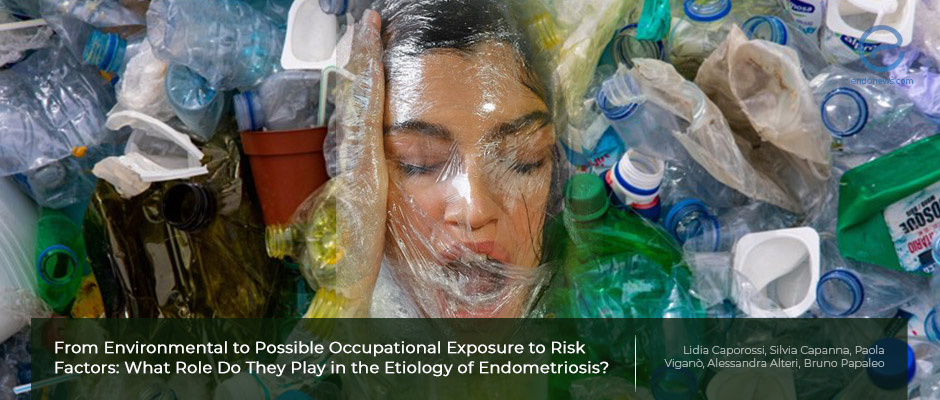Environmental to occupational exposure, and possible risk factors for endometriosis.
Mar 24, 2021
Exposure to heavy metals, plasticizers, and pesticides are common causes to affect endocrine metabolism.
Key Points
Importance:
- Awareness about the products that can disrupt the endocrine system and that may cause endometriosis is important for its prevention.
Highlights:
- Organochlorine exposure, as a risk factor for endometriosis, is supported by scientific literature.
- The relationship between endometriosis and exposure to other pesticides such as perfluoroalkyl, and metals are not clear.
- The role of "night shifts" and working long hours seem to be other important etiological factors.
What's done here:
- A systematic literature review of the literature was conducted to clarify the correlation between possible environmental and occupational risk factors and the onset of endometriosis.
- Using PubMed and Scopus databases, 422 studies selected, and 32 publications found eligible (28 related to chemical agents and 4 to night work).
- The authors evaluated the results dividing into three substance types (plasticizers, metals, and organohalogen compounds).
Key results:
- Epidemiologic data showed organochlorine exposure is the major risk factor for endometriosis development.
- Case-control studies with other similar products of phthalates and Bisphenol A showed conflicted results.
- Night shifts and night work showed a high correlation with endometriosis.
Lay Summary
Many objects in daily use are made of plasticizing agents. Studies suggest that chronic exposure to these agents are toxic to reproductive organs and cause metabolic disorders. For example, diethyl phthalate is still in use in cosmetic products.
Caporossi et al. from the Department of Epidemiology and Hygiene, Monte Porzio Catone, Italy, planned to examine the agents that cause the onset of endometriosis, and carried out a literature search for this purpose.
Papers published from 1995 to 2020 in PubMed and Scopus databases were collected by authors using keywords "workplace", "occupational exposure", "endocrine disruptors", "chemical", "night shift", and "workers". Among 422 studies that were selected, 32 publications were eligible, 28 being about chemical exposure and 4 about night shifts of female workers. Products with possible correlation were divided into 4 groups such as plasticizers, organohalogen compounds, organophosphorus, and some metals.
While organochlorine exposure as a risk factor for endometriosis is supported by scientific literature, the relationship between endometriosis and exposure to other chemicals and metals are still not clear. Furthermore, night shifts and working long hours seem to be another important etiological factor.
The results of this review were recently published in the "International Journal of Environmental Research and Public Health".
Research Source: https://pubmed.ncbi.nlm.nih.gov/33440623/
polycarbonate plastics metals pesticides endocrine disrupters workers night shift etiological factors endometriosis.

